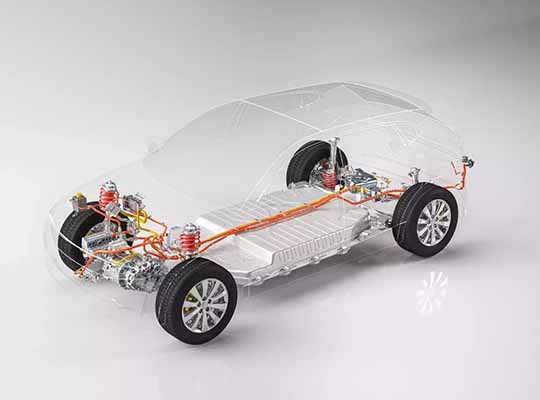BANGALORE, India : Electric Vehicle Battery Market is segmented by Type – Lead-acid Batteries, Lithium Battery, Others, by Application – BEV, HEV, Global Opportunity Analysis and Industry Forecast, 2022–2028. It is published in Valuates Reports under the Hybrid & Alternative Vehicles Category.
The global Electric Vehicle Battery market size is estimated to be worth USD 56690 million in 2022 and is forecast to be a readjusted size of USD 302610 million by 2028 with a CAGR of 32.2% during the forecast period.
Major Factors Driving the Growth of the EV Battery Market are
Increasing demand for electric vehicles, improvement in battery technology, supportive government policies, and transition of rental fleets to EVs will fuel the growth of the market during the forecast period.
Trends Influencing the Global EV Battery Market
The effects of climate change along with alarming pollution levels in major cities have increased the demand for fuel-efficient vehicles. Rising petrol and diesel prices have shifted consumer demand toward electric vehicles. People are preferring electric-powered vehicles for travel which has given rise to huge order supplies. These factors will in turn drive the growth of the EV battery market during the forecast period.
Battery companies and automakers are investing resources into developing cheaper, lighter, and denser batteries. Electric vehicle battery systems provide fewer emissions at lower costs than heavier or larger engines. For instance, lithium-ion batteries are compact and have higher energy densities. A full charge takes place in less than 2 to 3 hours with fast charging technology. This will drive the growth of the EV battery market in the coming years.
Government authorities around the world are investing funds into research and development projects for reducing carbon dioxide emissions from commercial vehicles. Efforts are on to decarbonize the transportation sector. For example, rental car fleets are transitioning toward EVs. Drivers are opting for electrified ride-sharing vehicles due to purchase subsidies and lower maintenance costs. This will positively impact the EV battery market during the forecast period.
Several local, state, and federal government organizations have introduced pro-EV policies. These include purchase incentives, fee reductions, competitive tenders, and green public procurement programs. Other initiatives involve preferential EV rates, direct support for charging infrastructure, and installing EV charging points for multifamily dwellings. Such factors will boost the growth of the EV battery market in the forthcoming years.
EV Battery Market Share Analysis
Based on application, the HEV segment is expected to dominate in the EV battery market share as it utilizes electric drive technology that increases fuel efficiency and reduces reliance on charging stations. They are cheaper. On the other hand, the BEV segment will grow at the highest CAGR as they run fully on rechargeable battery packs and are the major consumers of EV batteries.
Based on battery type, the lithium-ion segment will maintain the lead as it is lightweight and has a high energy density making it suitable for use in all types of electric vehicles.
- Based on region, Asia-Pacific will witness considerable growth due to rising demand for EVs in countries like China, India, and Japan owing to the shift toward clean energy sources. It is the top producer and consumer of EV batteries.











